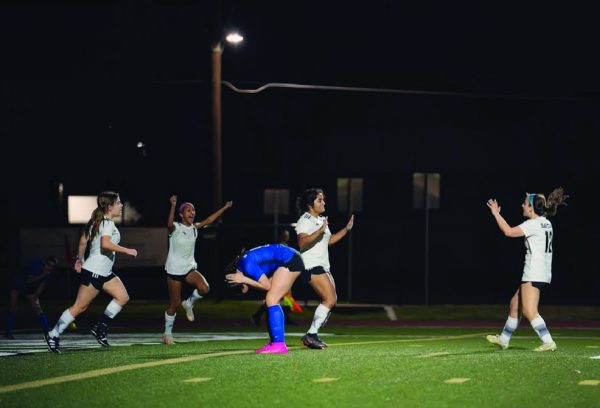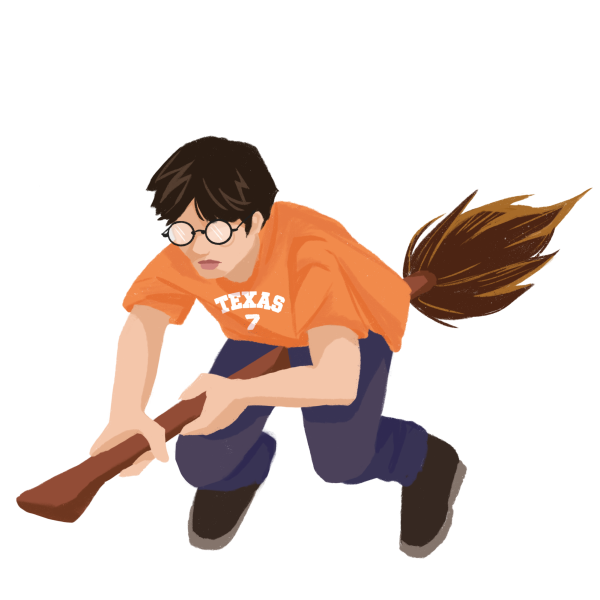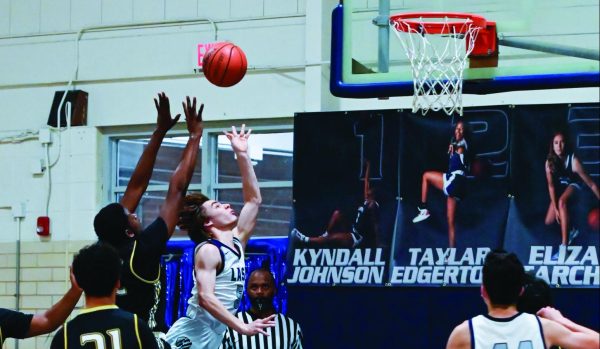Sculpting the Future: Statue of Althea Gibson Revealed
October 9, 2019
Althea Gibson was the first African-American to win a Grand Slam in 1956 and paved the way for African-American female athletes today like Serena Williams and Coco Gauff. In light of her contributions to the sport and equality, a statue of Althea Gibson was unveiled at the start of the 2019 US Open on August 31, 2019. Despite prejudice, Gibson managed to break through cultural barriers as the first black tennis player to win the US Nationals in 1950. A year later, she won the US Open, and did so again, in both 1957 and 1958. Despite her success, Gibson faced constant discrimination, being forced to sleep in different hotels than her white counterparts and having to use different water fountains.
AP US History teacher Kimberly Pettigrew has studied the effect sports has on society. According to Pettigrew, historical context is important in analyzing Gibson’s career and successes.
“She’s competing in the 1950s, that’s sort of at the beginning of the modern civil rights movement, which would make it all the more impressive that she’s getting any sort of recognition,” Pettigrew said.
Sophomore and junior varsity player Soren Colfax and senior varsity player Vishwa Aduru said that Gibson shaped the future of tennis, not only because of her success, but because she led the way for other minority players.
“She’s paved the way for a lot of other black tennis players who are extremely successful, like the Williams sisters,” Colfax said. “It must’ve been an extremely important step, especially at the time.”
Coco Gauff, a black female 15-year-old tennis player, became the youngest finalist in the Junior US Open after coming in runner-up in the girls singles event at 13 years old. Gauff, who played on this summer’s US Open beat Venus Williams, a tennis superstar. This victory got attention from the media and people all over the world.
“[Althea Gibson] was probably a big role model for [Coco],” Aduru said. “These wins are just really good for the whole sport.”
LBJ teacher and tennis coach Ryman Barnes believes that Althea Gibson’s new recognition and her struggles are part of an effort to make the sport more inclusive.
“A person the first of anything has to break down barriers,” Barnes said. “So to break down a barrier to let other people in, that shows that that person was willing to sacrifice their own life and their own abilities to make sure everyone else [has that opportunity]. It’s a selfless act.”
Pettigrew said that Gibson’s contribution is representative of a larger phenomenon: One person shattering stereotypes and assuring those that follow can succeed and be inspired by this.
“Particularly for people who are outside the norm,” Pettigrew said. “If you see someone who looks like you or who has the same characteristics as you performing and succeeding, that really helps motivate people, inspire them, to move forward.”
Despite these advances in the professional tennis scene, lots of work still needs to be done which amateur tennis according to Colfax. He dislikes the lack of diversity on the LASA/LBJ tennis team.
“I don’t think I can think of a single student from LBJ on the tennis team,” he said. “Most sporting teams are kind of both, but it seems like the tennis team is just LASA’s tennis team.”
Pettigrew offered a potential solution to this problem. She suggested that more professional tennis players of color should encourage diversity in high school teams.
“I think, African Americans have a large percentage in certain sports,” Pettigrew said. “So having more African Americans in sports like tennis or golf or individual sports will encourage more African American students to maybe participate in those sports.”








